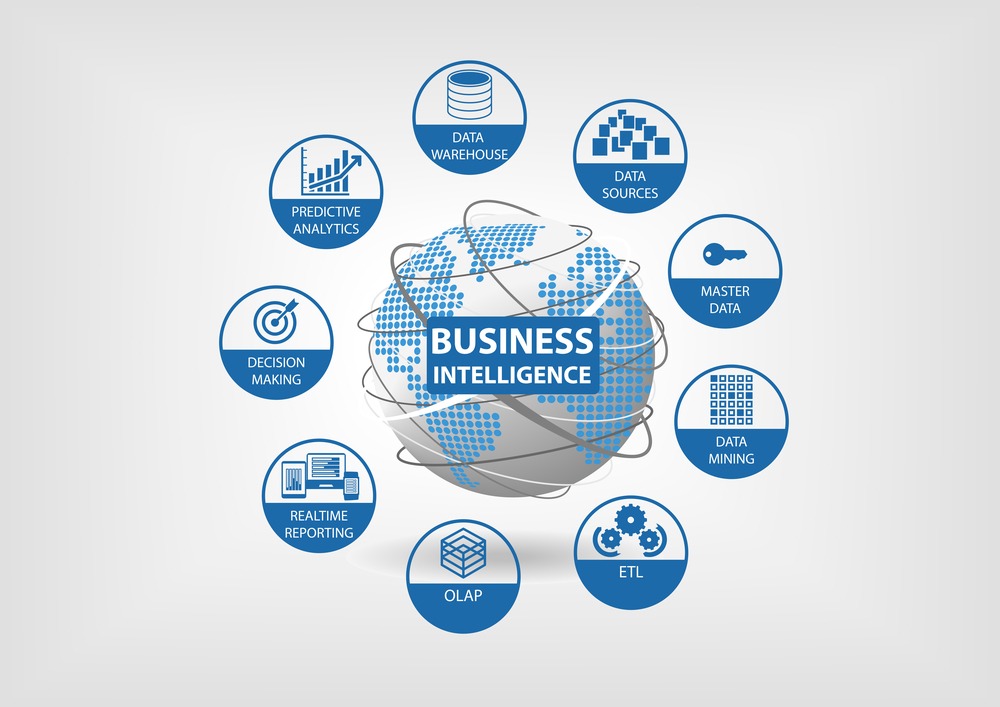Along with the value that must be embedded in the products and services that a business provides, importance must also be placed on data as a significant asset as well.
But data in and of itself is not enough to kick up your feet and move full speed ahead on autopilot. Data has to be compiled, organized, and administered in an analytics project to become actionable in building and scaling a business.
Data needs to be extracted and pushed into operational tools such as Iterable, Salesforce, Facebook Ads, and Marketo to become useful to business teams, and this is how Reverse ETL really comes alive.
When data is left to pile up in a data warehouse, think of it as a dumpster filled with discarded items that, if they were cleaned up and organized, could become profitable. This is the role that Reverse ETL plays to make data go from what has been thrown into the cloud to something that can be made use of by multiple departments within an organization.
Before we move any further into Reverse ETL, the ‘ETL’ part is an acronym or ‘Extract, Transform, Load.’ When these three processes get used together, they transfer data from its many sources into one unified destination to become a singular source of truth for the company, in what is referred to as a ‘data warehouse,’ a ‘data lake,’ or a ‘data lakehouse.’
Reverse ETL finalizes the data loop when it copies data that has been contained in the data warehouse and transfers it into systems for the benefit of an organization’s employees to act on it.
Now that we have an understanding of what Reverse ETL is, let’s discuss some of the many ways in which Reverse ETL can enhance an organization’s work efforts.
1. Operational Analytics
Operational analytics is the process of displaying data insights from analytics to business staff members while keeping the information streamlined inside in their normal workflow so that they can make their decisions based on what is revealed from the data.
There aren’t any reconstruction needs placed on the user’s already established data warehouse because operational analytics and traditional analytics depend on the same central data infrastructure.
In other words, the information retrieved from the data warehouse can be transformed into an actionable plan by syncing to downstream SaaS tools that are already used by sales and marketing departments.
2. Customer Experience
If you are looking for a reason why the data that has been compiled in your data warehouse needs to become more useful, how about the ability to improve data-driven customer experiences.
Reverse ETL empowers you and your team to be able to analyze data associated with the purchase and usage behaviors of your customers and to make choices based on which process, products, services, and advertising efforts are succeeding, and be able to prioritize accordingly across every touchpoint.
It requires the availability in downstream systems that multiple internal teams can access.
3. Data on Demand
Maximize the customer experience on a repeatable basis by using Reverse ETL to make necessary data available in the tools like advertising platforms, CRM, or digital communication messaging services like Slack.
If you are wondering about real-world examples of Reverse ETL in action for common data requests, these could take place in the form of product-usage data, email interaction data, transaction data, credit consumption on accounts, or customer attributes required by the accounting department.
4. Buyer’s Expectations
Modern buyers have more than enough options to consider before they finalize any of their shopping purchases.
Therefore, the responsibility to earn their keep falls on businesses themselves to make their offerings painless and of the highest quality for shoppers to maintain their stronghold in the marketplace.
Companies that understand the need to adapt to modern demands realize that they have to streamline their efficiency in order to meet buyer expectations that are already sky-high because of the ease of service and instant manner of implementation brought about by the expansion of technology.
Not only are customers practically expecting the things that they ordered today to arrive last week, but having their expectations not only met but exceeded even comes into play when having the customer experience personalized to their particular interests.
Customer data needs to be extracted, transformed, and loaded with Reverse ETL in order to meet the unique needs of individual customers.
This becomes more and more prevalent because it is becoming easier and more frequent to collect customer data and more affordable to store it.
All in all, Reverse ETL is an area of growth in the data space, as it continues to stir up customer engagement and the ability to communicate better internally within a company to make collaborative work environments more possible.

